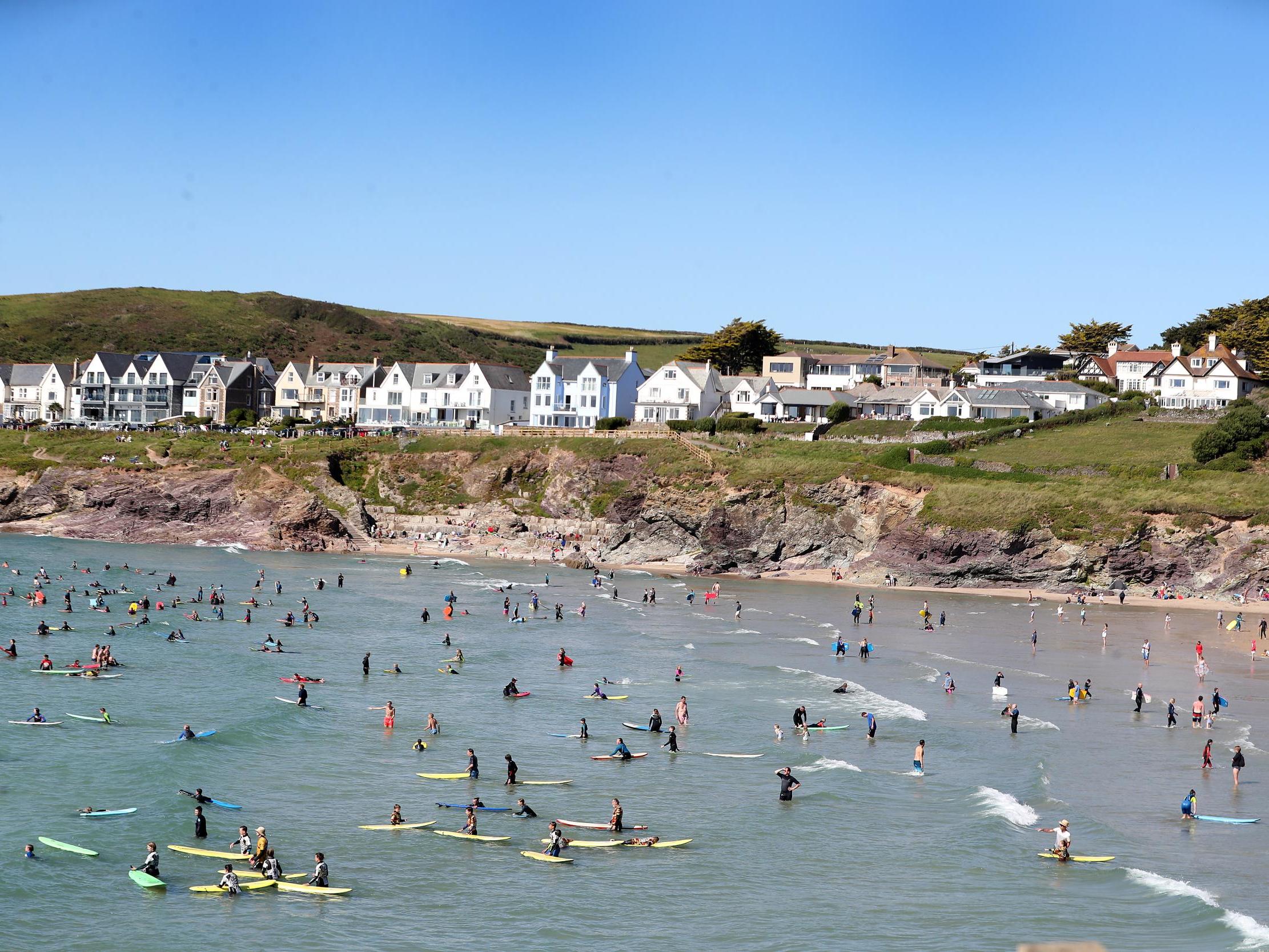Away from the beaches, I see a different side to Cornwall
In the latest of his reflections on place and pathway, Will Gore takes an alternative route, through green lanes that offer clues to the southwest county’s rich history


I made a rookie error before going to Cornwall last week: I failed to get a map.
I’d half thought I already had one, from a previous visit. But I didn’t check my shelf of Ordnance Survey sheets until the day before we left, and Explorer number 102 was not among them. A dash to the nearest Waterstones was to no avail.
Not that we had grand walking plans. The children were clear that this was a beach holiday, and I’d have been happy enough building sandcastles and playing with a frisbee. But without a map it’s hard to understand a place – to put it in any context other than your own. The danger is magnified when you’re a tourist in an area dominated by tourism.
Staying, as we were, three miles north of Marazion and three miles south of St Ives, we could have shuttled too and fro from coast to coast, enjoying the golden sands of Carbis Bay and the rock pools around glorious St Michael’s Mount. Our satnav would have ensured no wrong turns or unexpected finds. How dull.
I couldn’t bear it for long. The day after we arrived I set off on a mission for groceries and a map, with more of an eye on the latter than the former. And sure enough, I came back successful on the map front – but having forgotten half the food items I’d promised to buy. That evening I covered a table with my crisp plan of the area and made a mental exploration.
These tracks, lined with walls of earth and stone – in and on top of which trees have grown – speak of a different Cornwall: one built on the wealth that came variously with tin and with farming
There was, I saw, a river close by. Perhaps, I told my son, it might be a good place to look out for a kingfisher. His amateur ornithologist’s eyes lit up: “When can we go?”
When we did go, the next day, we soon had to change course. A lady out with her dog stopped for a chat, and on hearing where we planned to walk told us the path had been closed. The council’s fault, she added, for dredging the wrong part of the river. So much for the map. She suggested an alternative route and told us to enjoy our holiday. “It’s still unspoilt round here,” she said as we moved on, “though for how long I don’t know.”
Oddly, the path we had been advised to take, towards the nearby village rather than away from it, ran immediately next to the river – yet the map had shown it a hundred yards away. Plenty of locals were out, mostly walking dogs. They knew the way, even if the Ordnance Survey didn’t.
At the edge of the village, Sixties pebble-dashed terraces vied with centuries’ old stone-built piles. Cornwall’s inequality in a nutshell – Britain’s for that matter. Down one lane a field contained half a dozen burnt out cars; along another, a flock of long-tailed tits twittered from tree to tree while a robin and a thrush fought for worming rights by a newly dug drainage ditch. There had been no blue flash of kingfisher of course, but my son was satisfied with the other birds on offer.
We cut back through a field of waving barley, above which a pair of buzzards wheeled and mewed. And then we were in the old, green lanes that link the farms and manor houses which dot the landscape –Trewinnard, Tremalling, Tregortha and others; exotic-sounding to us foreigners.
These tracks, lined with walls of earth and stone – in and on top of which trees have grown – speak of a different Cornwall: one built on the wealth that came variously with tin and with farming. The peninsular may be more commonly painted in blues and yellows, but these broad pathways – overhung with twisted oaks, ash, and hazels just coming into fruit; and overgrown with ivy, moss and myriad ferns – offer a cooler, greener colour chart.
On the face of it, they are nature’s riposte to the hordes on the apparently manicured beaches. And yet they are just as much evidence of human activity – if not more so. Marked on a map because of a decision by a landowner a couple of hundred years ago to build a track between x and y; and laid down by the hard labour of working men.
In the end, maps offer context; but it’s people who make places.
Join our commenting forum
Join thought-provoking conversations, follow other Independent readers and see their replies
Comments